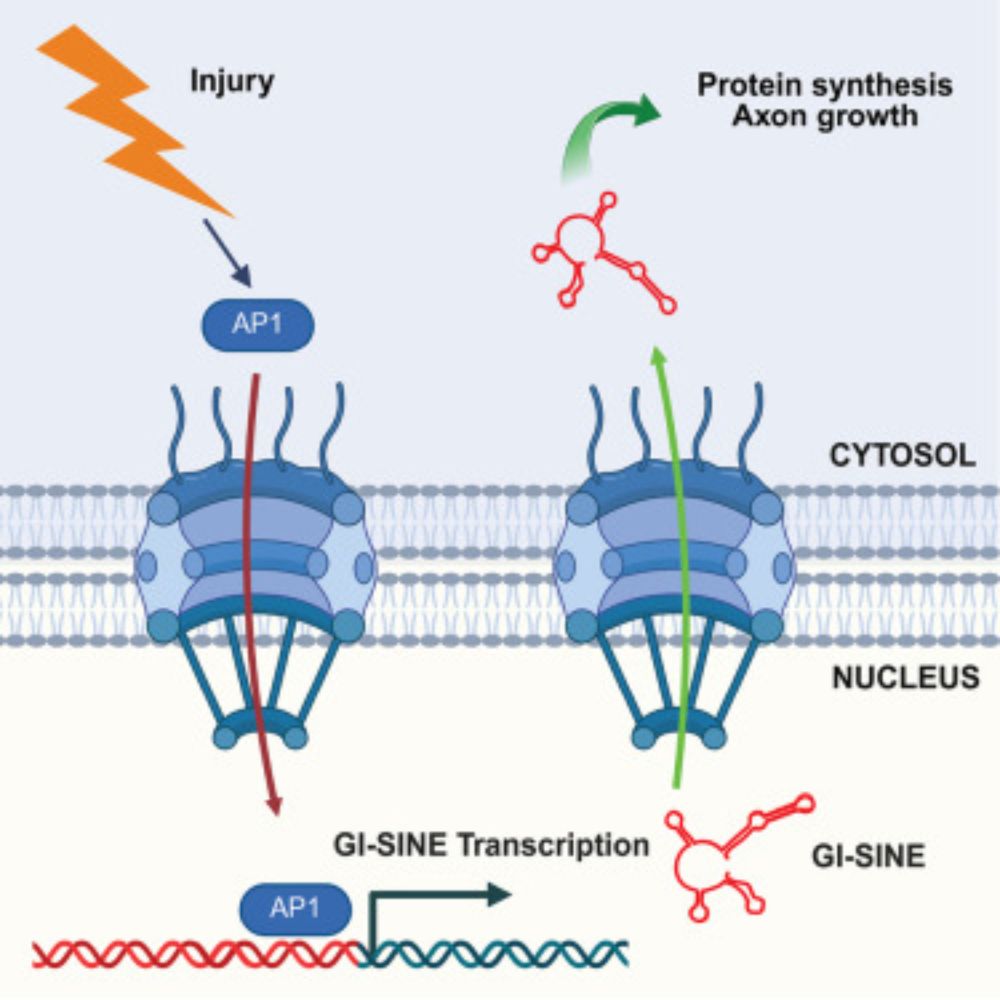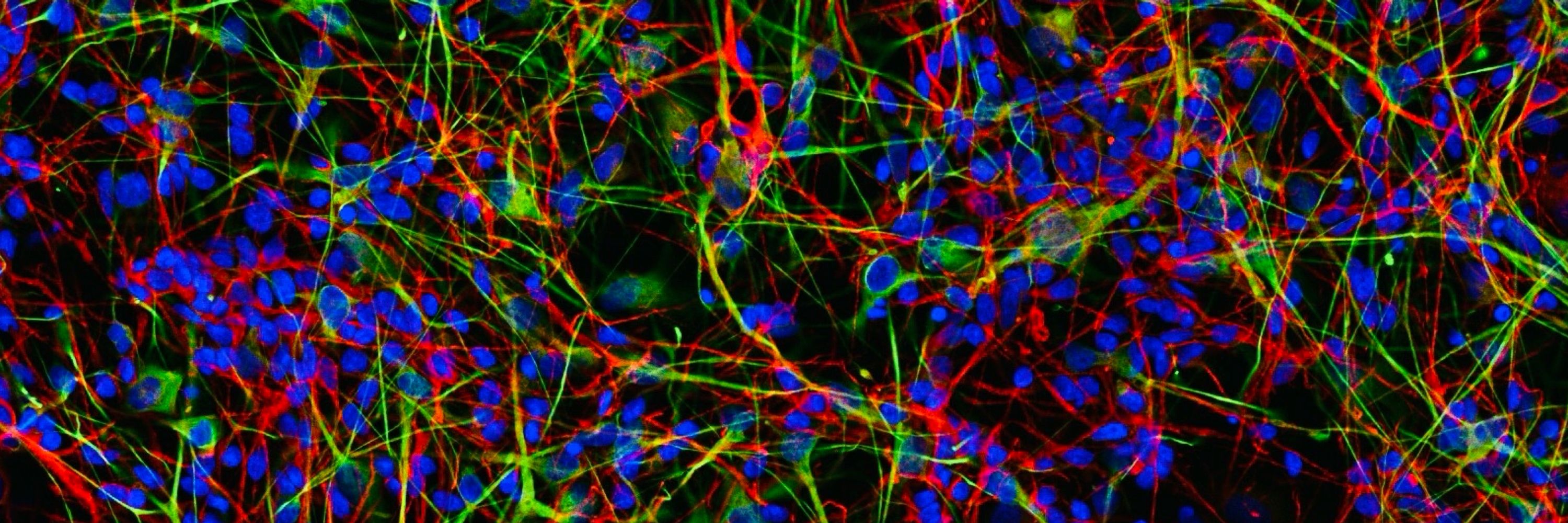

Read our tribute to the visionary Nobel Laureate and watch an interview from 2012, just after he won: https://bit.ly/4mM8o3r
Read our tribute to the visionary Nobel Laureate and watch an interview from 2012, just after he won: https://bit.ly/4mM8o3r
He proved them wrong! RIP John Gurdon
www.cell.com/current-biol...



Kuffer & Marzilli engineered conditionally stable MS2 & PP7 coat proteins (dMCP & dPCP) that degrade unless bound to RNA, enabling ultra–low-background, single-mRNA imaging in live cells.
🔗 www.nature.com/articles/s41...
🧬 www.addgene.org/John_Ngo/
Kuffer & Marzilli engineered conditionally stable MS2 & PP7 coat proteins (dMCP & dPCP) that degrade unless bound to RNA, enabling ultra–low-background, single-mRNA imaging in live cells.
🔗 www.nature.com/articles/s41...
🧬 www.addgene.org/John_Ngo/
www.science.org/doi/10.1126/...

www.science.org/doi/10.1126/...
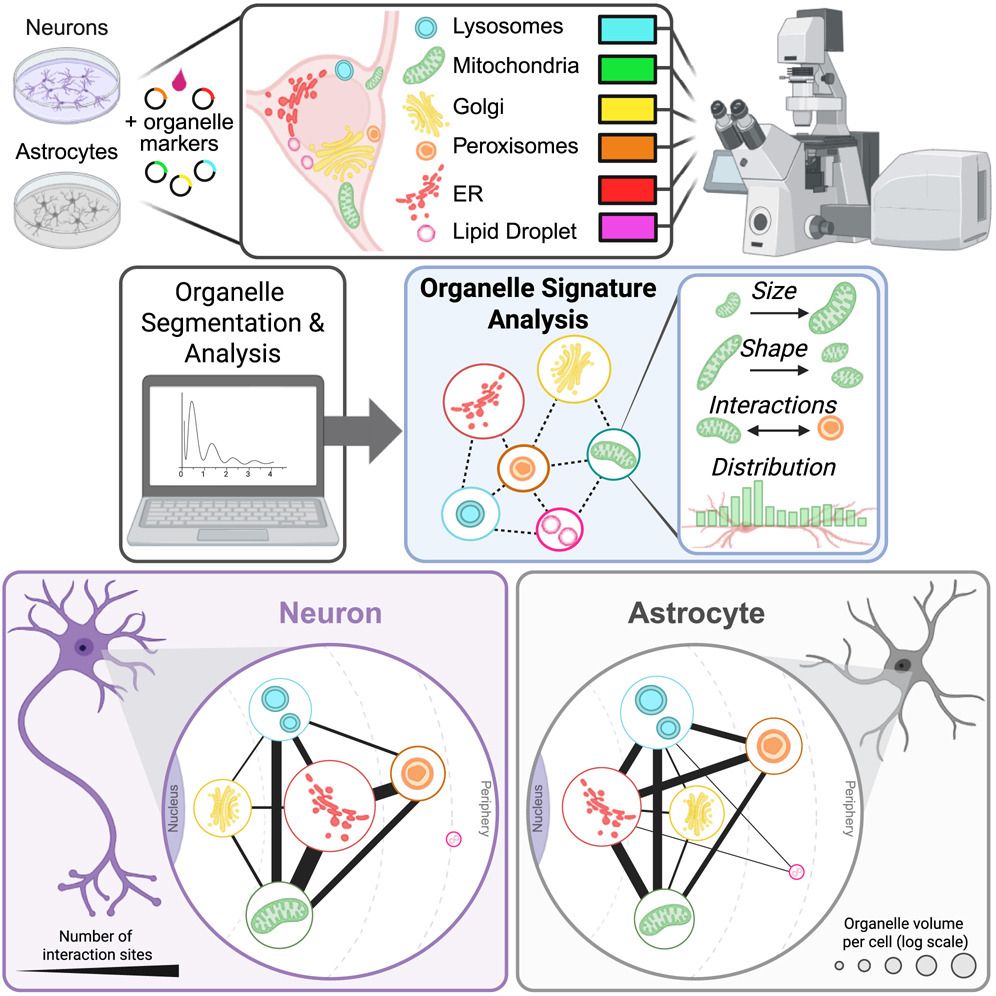
www.biorxiv.org/content/10.1...

www.biorxiv.org/content/10.1...

www.biorxiv.org/content/10.1...
doi.org/10.1002/advs...

doi.org/10.1002/advs...

www.nature.com/articles/s41...

www.nature.com/articles/s41...
bit.ly/47b3Mjk

bit.ly/47b3Mjk
Funded by @asapresearch.parkinsonsroadmap.org
www.cell.com/cell-genomic...
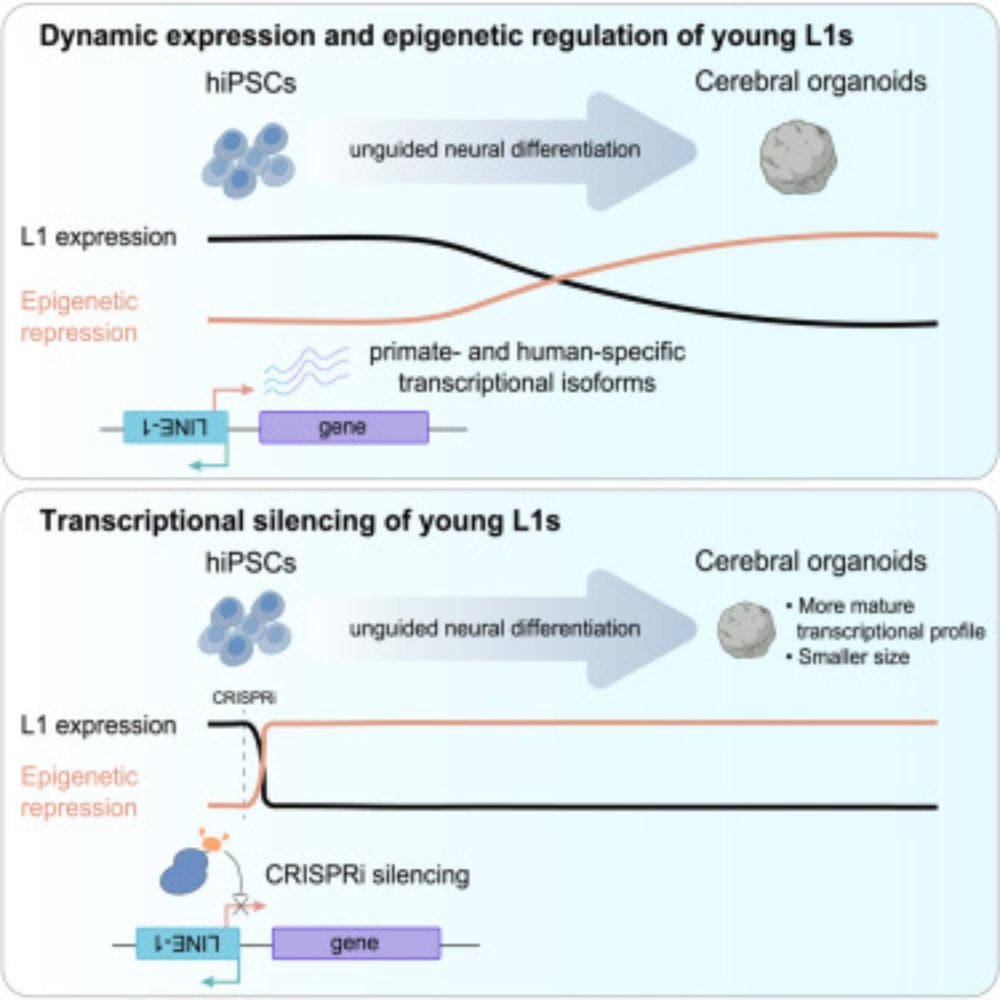
Funded by @asapresearch.parkinsonsroadmap.org
www.cell.com/cell-genomic...
Great team effort, led by Biswa Ramani and @ivlrose.bsky.social in the Kampmann lab.
www.nature.com/articles/s41...

Great team effort, led by Biswa Ramani and @ivlrose.bsky.social in the Kampmann lab.
www.nature.com/articles/s41...
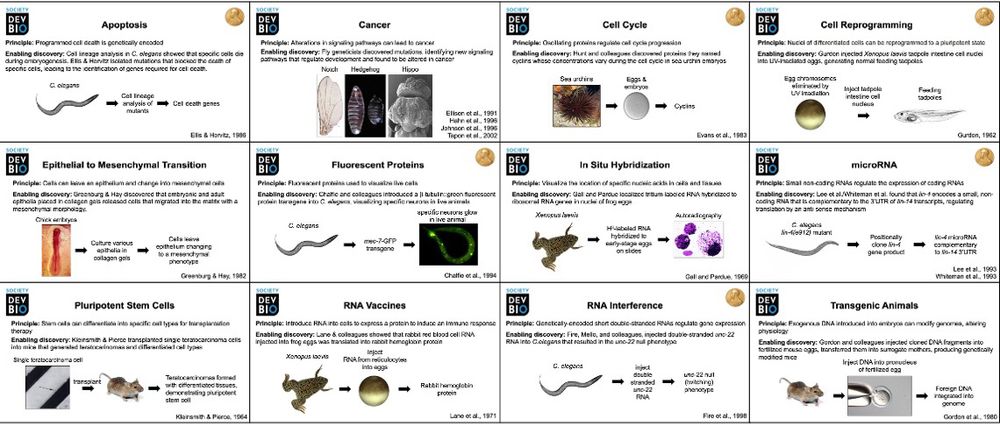
We have a unique opportunity to join the LMB’s VisLab as a Photographer / Videographer where you’ll help communicate ground-breaking research with dynamic visuals.
Apply now: mrc.tal.net/vx/mobile-0/...
#CambridgeJobs #PhotographyJobs #ScienceCommunication

We have a unique opportunity to join the LMB’s VisLab as a Photographer / Videographer where you’ll help communicate ground-breaking research with dynamic visuals.
Apply now: mrc.tal.net/vx/mobile-0/...
#CambridgeJobs #PhotographyJobs #ScienceCommunication
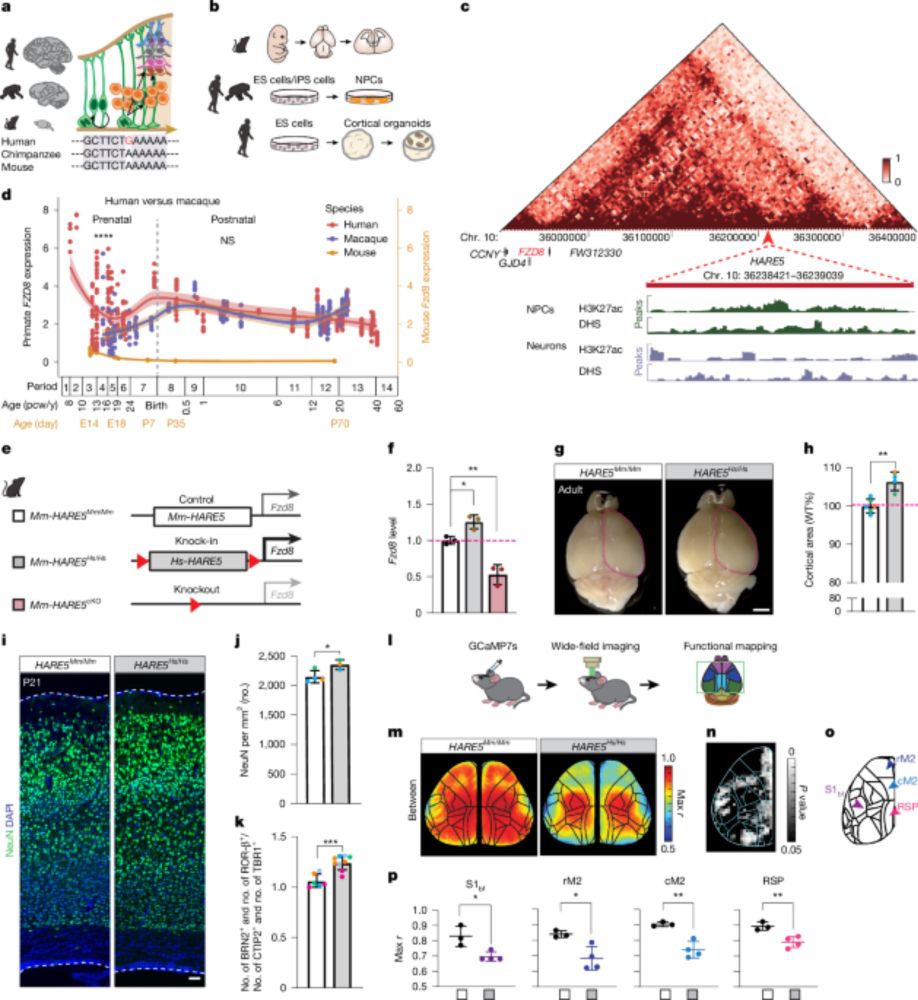
🧪Explore: portal.brain-map.org/atlases-and-...

🧪Explore: portal.brain-map.org/atlases-and-...
www.cell.com/cell/fulltex...
